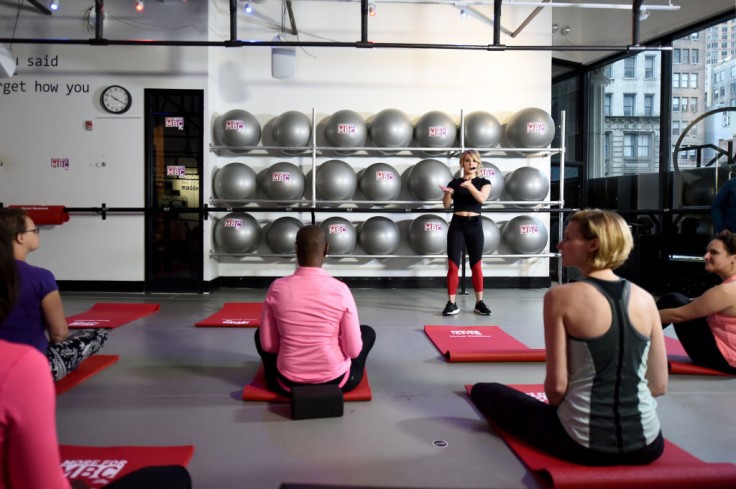
Osteoporosis is a disease popularly known as "the silent thief." This connotation has been associated with the condition because the weakening of the bones often happens gradually without any symptoms.
This silent decay of the bones that were once strong leaves women more vulnerable to injuries and fractures as they go through life later on.
However, despite the seemingly scary thought of bone weakening, there are proactive steps that women can take to significantly reduce the risk of developing osteoporosis.
With that, to help with safeguarding your strong bones, here are 5 habits to start avoiding in order to keep your bones strong and healthy.
How Women Can Prevent Osteoporosis
1. Acknowledge Early Indicators of Osteoporosis
It has been revealed that osteoporosis affects millions of lives around the world. It affects more than 10 million people around the globe who are over the age of 50. The widespread prevalence of this condition results in approximately 1.5 million fractures annually, with a significant majority occurring in women.
The usual screening for osteoporosis starts at age 65, however, it is advisable to consider earlier screenings for those with specific medications, illnesses, or familial bone health concerns. She encourages individuals to engage in discussions with their healthcare providers regarding potential early screening needs.
2. Emphasize Calcium Intake
Highlighting the critical window of bone development, Dr. Natalie Azar underscores that girls attain 90% of their peak bone mass by age 18, with boys reaching this milestone by age 20. By the mid-30s, individuals already begin to experience bone mass reduction.
To support optimal bone health during growth phases, it is imperative to ensure children receive adequate calcium intake.
The Food and Drug Administration (FDA) alerts that a majority of children fall short of recommended calcium levels. Opting for foods offering 20% or more of the daily calcium value per serving is advised. The FDA sets the daily calcium requirement at 700 milligrams for children aged 1 to 3, and 1,300 milligrams for older children and adults.
While dairy products are commonly promoted for their calcium content, Dr. Azar suggests exploring alternative sources for individuals with dairy preferences. Foods such as soy milk, salmon, kale, chia seeds, and firm tofu are cited as valuable non-dairy calcium sources.
3. Diversify Calcium Sources Beyond Supplements
Dr. Azar advocates for a holistic approach to calcium intake, favoring whole foods over exclusive reliance on supplements. She encourages her patients to incorporate a healthier lifestyle and make better food choices.
Adopting to a calcium-rich diet does not have to be hard or full of only dairy produce. Women could also start taking a variety of non-dairy alternatives, like leafy green vegetables, salmon, and chia seeds. This dietary strategy aims to optimize calcium absorption and support overall bone health.
4. Stay Away from Smoking and Excessive Drinking
Both smoking and excessive alcohol consumption can be harmful to your health, warned Dr. Azar. While she doesn't advise cutting out alcohol entirely, she recommends avoiding excessive drinking, defined as three or more drinks per day.
5. Maintain Regular Exercise
Exercise is vital for maintaining strength, balance, coordination, and flexibility. Since wrist and hip fractures often result from falls, regular physical activity can help prevent these injuries.
Exercising is another way to help the body maintain strength and flexibility as we age. Another suggestion to prevent injuries is to fall-proof homes with non-skid pads, adequate lighting, and handrails to prevent osteoporotic fractures.
Preventing osteoporosis requires a proactive approach to lifestyle choices. By avoiding habits such as insufficient nutrient intake, smoking, excessive alcohol consumption, a sedentary lifestyle, and poor nutrition, women can significantly reduce their risk of developing osteoporosis.
Prioritizing bone health through a balanced diet, regular exercise, and healthy habits can help maintain strong bones and enhance overall well-being.
Taking these steps early and consistently is key to preventing osteoporosis and ensuring a healthier future.